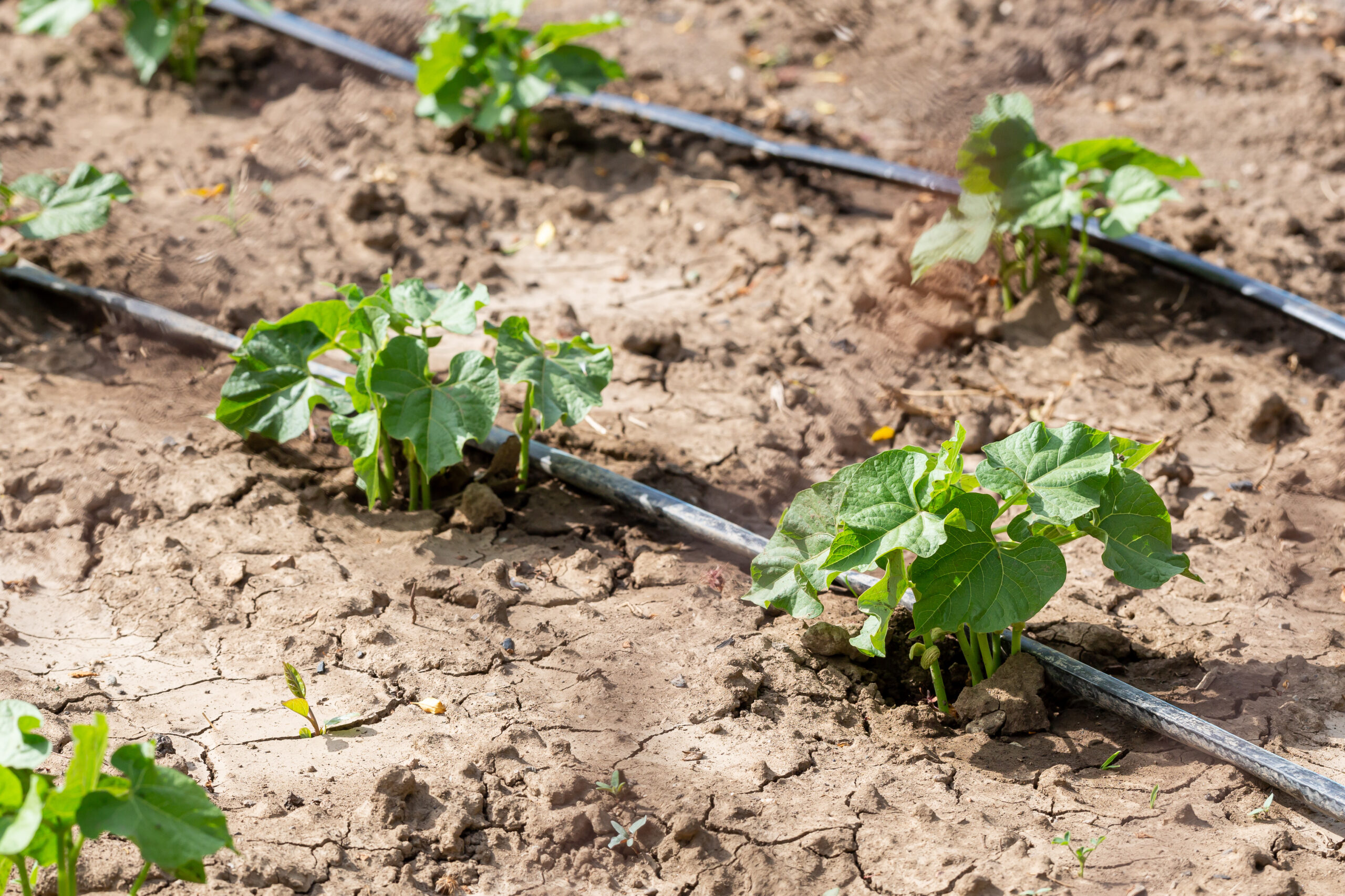Understanding how plants will adapt to increasing global temperatures remains a key challenge for ecologists. While it’s tempting to apply observations from individual leaves to entire ecosystems, this approach often overlooks crucial complexities. The intricacies of plant response at micro levels may not provide a clear picture of the broader ecological impacts.
A review article in Science by researchers from the University of Arizona and The University of British Columbia discusses the challenges of scaling up observations from small to large ecological scales. It highlights how predictions based on individual leaves or branches often fail to accurately represent the behaviors of entire ecosystems, such as forests. For instance, water usage measured at the leaf level doesn’t always align with the water dynamics of entire plant systems or forest canopies, complicating forecasting efforts.
“The expectation is that in general, plants try to minimize water loss and maximize carbon gain. But there are some instances, especially during heat waves, where it’s beneficial for plants to lose water because it helps cool them down,” explained Jia Hu, an associate professor in the School of Natural Resources and the Environment. “So, on one hand you would expect transpiration rates to decrease when plants experience increased heat, but there’s examples where the evaporative cooling takes priority over any sort of carbon gain, and that’s not really considered in a lot of models.”
Why Scale Matters
The researchers examined over 70 studies, aiming to better understand the methodologies behind heat response predictions. A significant observation was the disconnect between molecular or leaf-level processes and the responses of entire plants or ecosystems.
“We’re trying to highlight a suite of examples where we make predictions that are in some cases off by a little bit, and in other cases off by a lot – sometimes even in the wrong direction, predicting a positive response when in fact there’s a negative one,” said Margaret Evans, an associate professor in the Laboratory of Tree-Ring Research.
One illustration of this complexity is the vertical temperature gradient within plant canopies. Leaves at the top are subject to direct sunlight and greater water stress, which limits their ability to cool through evaporation compared to the cooler, shaded leaves below. This gradient complicates the extrapolation of leaf-level data to broader plant responses.
“One way we measure leaf temperatures is by aiming thermal cameras at the top of the canopy,” noted Sean Michaletz, an assistant professor at The University of British Columbia. “But these cameras can only capture the leaves they see, which are almost always at the very top. That gives us an incomplete picture and usually means we overestimate leaf temperature. This matters because the cooler, shaded leaves lower down – which our cameras often miss – can contribute a lot to the canopy’s total carbon uptake.”
Furthermore, predicting plant responses to future temperature changes based on current spatial growth patterns can be misleading. While warmer temperatures might suggest increased plant growth, they often result in drought stress, reducing growth instead. Although plants may eventually adapt through evolutionary processes and colonization, these adjustments are not immediate.
“There are lots of plant mechanisms to deal with stress and adjust to climate change. But some of those processes are slow and the changes that are happening now are just really fast,” Hu explained. “There’s a mismatch in time scale between the pace of climate change that’s happening now and the processes that have historically allowed plants to respond to climate variability of the past.”
Read More Here











Be First to Comment